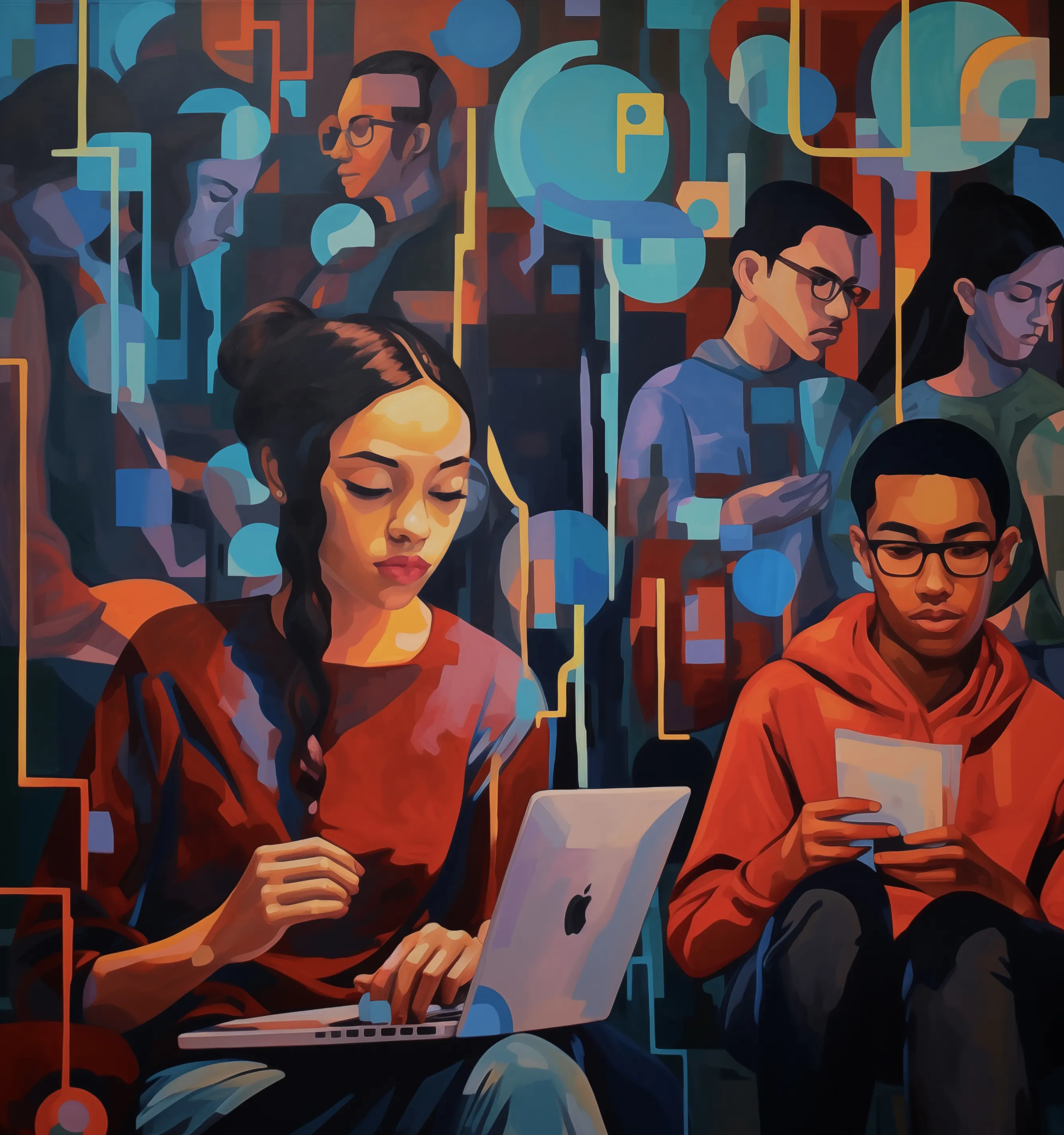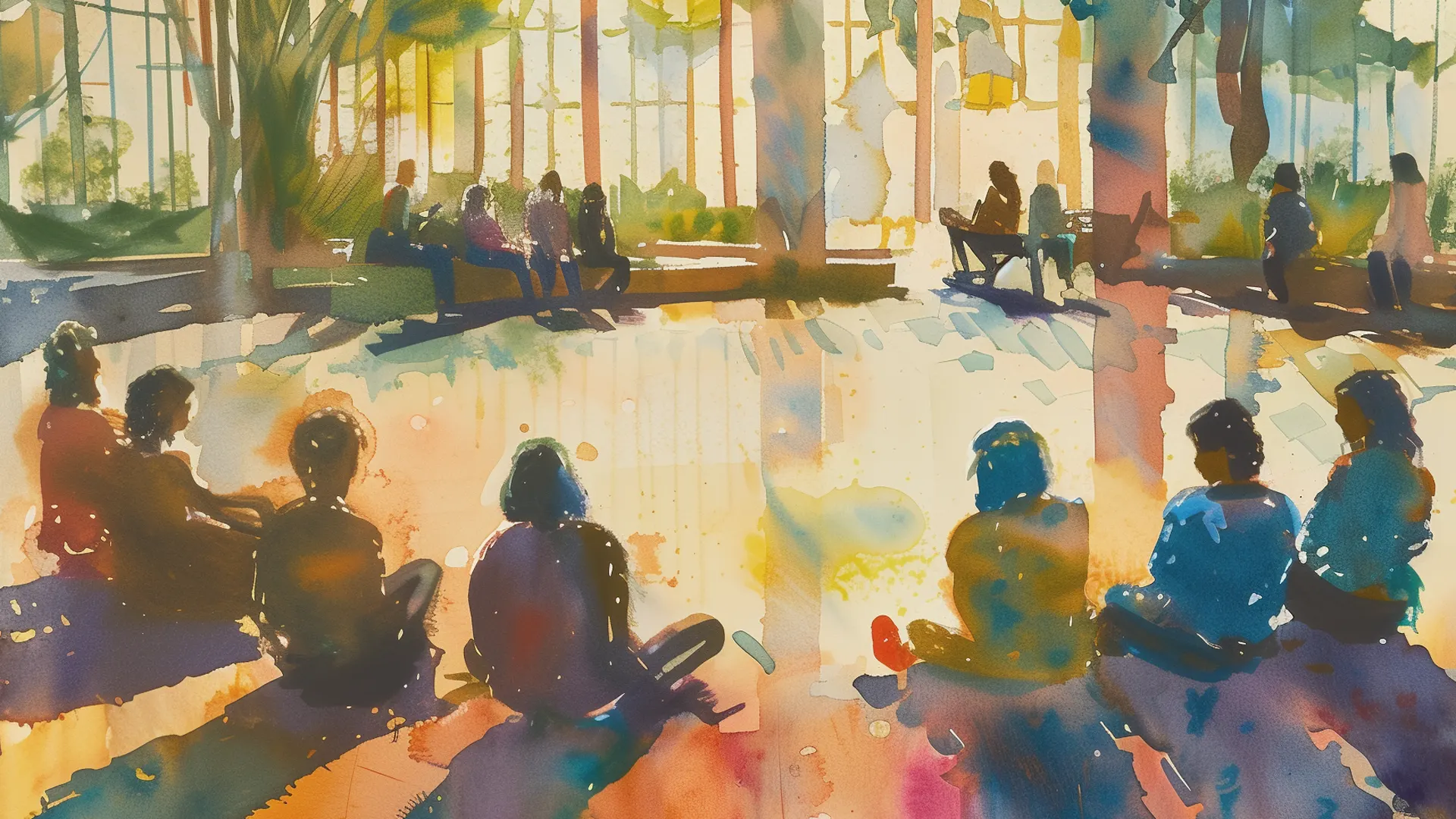The landscape of education is rapidly evolving and it's imperative for higher education institutions to adapt and innovate to attract the new generation of learners.
In our virtual panel, Attracting the New Higher Ed Learner, we explored key insights shaping the future of higher education and how architects, designers, and institutions can best position themselves to meet the needs of this evolving demographic.
1. The definition of “learner” is evolving.
Gone are the days when the term "learner" solely referred to traditional students pursuing degrees. Today, the definition encompasses a broader spectrum, including lifelong learners driven by technological advancements, career shifts, and the necessity for continuous skill development. This evolution highlights the importance of creating formal and informal learning spaces not only within traditional educational settings but also across various sectors. The future of education lies in catering to the diverse needs of these learners, providing opportunities for growth and development beyond conventional boundaries.
2. Universities must embrace excellence and accessibility.
In striving to attract future learners, leveraging virtual platforms alongside traditional in-person experiences can broaden accessibility while upholding academic rigor and quality. By embracing technology and innovative teaching methods, institutions can transcend geographical barriers and cater to a global audience of eager learners, ensuring inclusivity without compromising on educational standards.
3. Education spaces must support blended learning models.
The future of education is inherently flexible, with blended learning models becoming increasingly prevalent. As such, educational spaces must adapt to accommodate this shift. Multi-purpose spaces equipped with versatile features and conducive acoustics are essential to support a variety of functions, including instruction, collaborative work, meetings, counseling sessions, and more. Designing such spaces fosters an environment conducive to learning, collaboration, and innovation, catering to the diverse needs of modern learners.
4. The importance of mental health support cannot be overstated.
Both students and educators face mounting pressures, making it essential for institutions to prioritize holistic well-being. Integrating amenities such as private courtyards, relaxation lounges, and counseling services within educational spaces can play a pivotal role in supporting mental health and fostering a supportive campus community. By addressing these needs, institutions can not only attract but also retain talent, creating an environment where learners and educators thrive.
The future of higher education lies in embracing change, fostering inclusivity, and prioritizing holistic well-being. By evolving to meet the needs of the new generation of learners, universities can position themselves as beacons of innovation and excellence in an ever-changing educational landscape.


